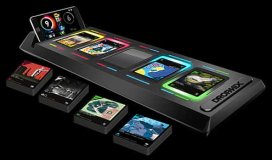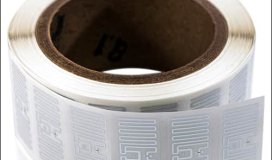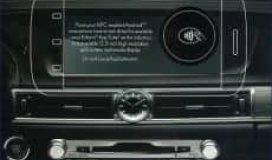The House of Busby, a retailer in South Africa, has deployed an RFID-based solution at one of its Johannesburg stores to increase the visibility of its inventory and reduce the amount of time personnel previously spent counting stock. The solution, provided by Milestone Integrated Systems, employs EPC ultrahigh-frequency (UHF) RFID technology from Keonn, including readers and its AdvanCloud software, to manage the collected read data. The store using the technology is located in Johannesburg's Sandton City shopping mall.
Since the system's deployment, the company reports that it has reduced the number of labor hours required to count inventory at a single, full store from 120 man-hours to fewer than 30 minutes. The retailer is also using the technology at its entrance to detect if any items leave the store without being purchased. Because an overhead reader can capture any tag ID number from a distance of several meters, the doorway can remain open, without requiring any gates or other obstructing hardware.
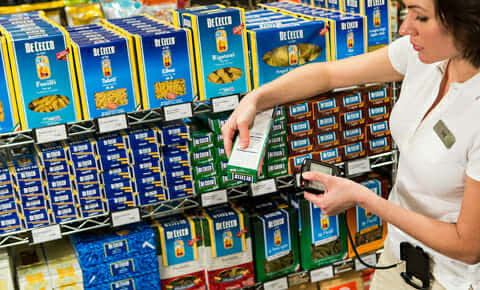
Milestone Integrated Systems, based in Johannesburg, provides a shrink-management solution to retailers throughout South Africa, says Neels Lourens, the firm's managing director. The House of Busby, founded in 1986, serves as both a retailer and a wholesaler. It sells handbags and luggage at its own stores, while also providing brand management of stores for such companies as Guess, Aldo, Forever New, Karen Millen, Call it Spring and Kipling. The initial installation may lead to additional deployments at other brand stores, the company reports.
Since the system was taken live earlier this year, the Sandton store has been applying passive UHF RFID tags to its approximately 7,000 products, including clothing, jewelry, watches, handbags, wallets and sunglasses. The products are fitted with one of two kinds of UHF RFID labels: hard tags and jewelry tags, both provided by Century RFID.
When goods are received and put on display at the store front, employees use a Keonn AdvanStation RFID unit to encode those items' tags. The standalone tabletop reader comes with a bar-code scanner and a built-in UHF RFID interrogator. Users can simply scan a product's bar code to capture its stock-keeping unit (SKU), and the reader captures the ID number of the hard tag or jewelry tag being applied to that item. The bar code and RFID number are then linked in the cloud-based software.
When a worker conducts inventory counts at the store, he or she uses an AdvanScan handheld reader. The employee simply opens the AdvanScan app on the device, selects a prompt to create a new inventory count, and walks around the store front or back room, capturing tag ID reads while passing products on shelves or hangers. The reader then forwards the collected data to the cloud-based software via a Wi-Fi or cellular connection, thereby creating an updated stock count.
At the point of sale, an AdvanPay reader is installed beneath the counter. When a customer purchases products at the store, an associate sweeps each product's tag over the reader, which captures every tag's unique ID. Those tag IDs are deactivated in the software, and the tags themselves, once removed from the items, can be reused on other products.
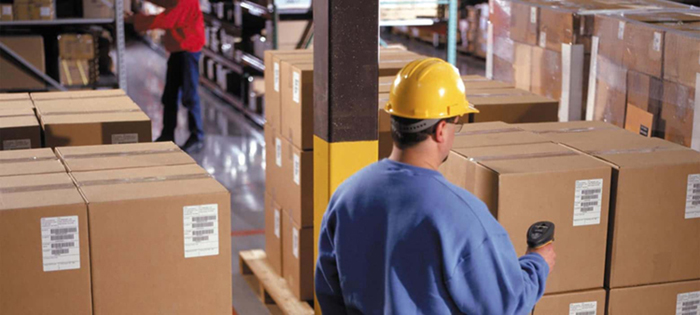
At the store's exit, Milestone installed an AdvanSafe overhead loss-prevention reader. If a person carries a product through the door with a tag that has not been deactivated, the reader will capture that tag's ID number. The AdvanCloud software will then trigger an audible alert, while also sending an SMS text message to store associates, not only indicating that something is being removed from the store, but also identifying the product. The system also displays a picture of that item, and its inventory status is updated to indicate that it is no longer in stock.
The system's most notable gain since the technology was taken live, Lourens reports, has been a reduction in labor for stock counting. "Before the RFID installation, it took a team of six people about two working days to complete an inventory," he says. "Now, with RFID, it takes less than half an hour to complete an inventory." This equates to a reduction in operating costs, Lourens adds, while the technology also ensures inventory accuracy so that products are on the shelf where customers can see them. That, he points out, results in higher profits for the store.
The House of Busby is now considering installing similar RFID solutions at its other brand stores. The company says it operates more than 150 such stores throughout South Africa, with more than 50 located in the country's top seven malls.
